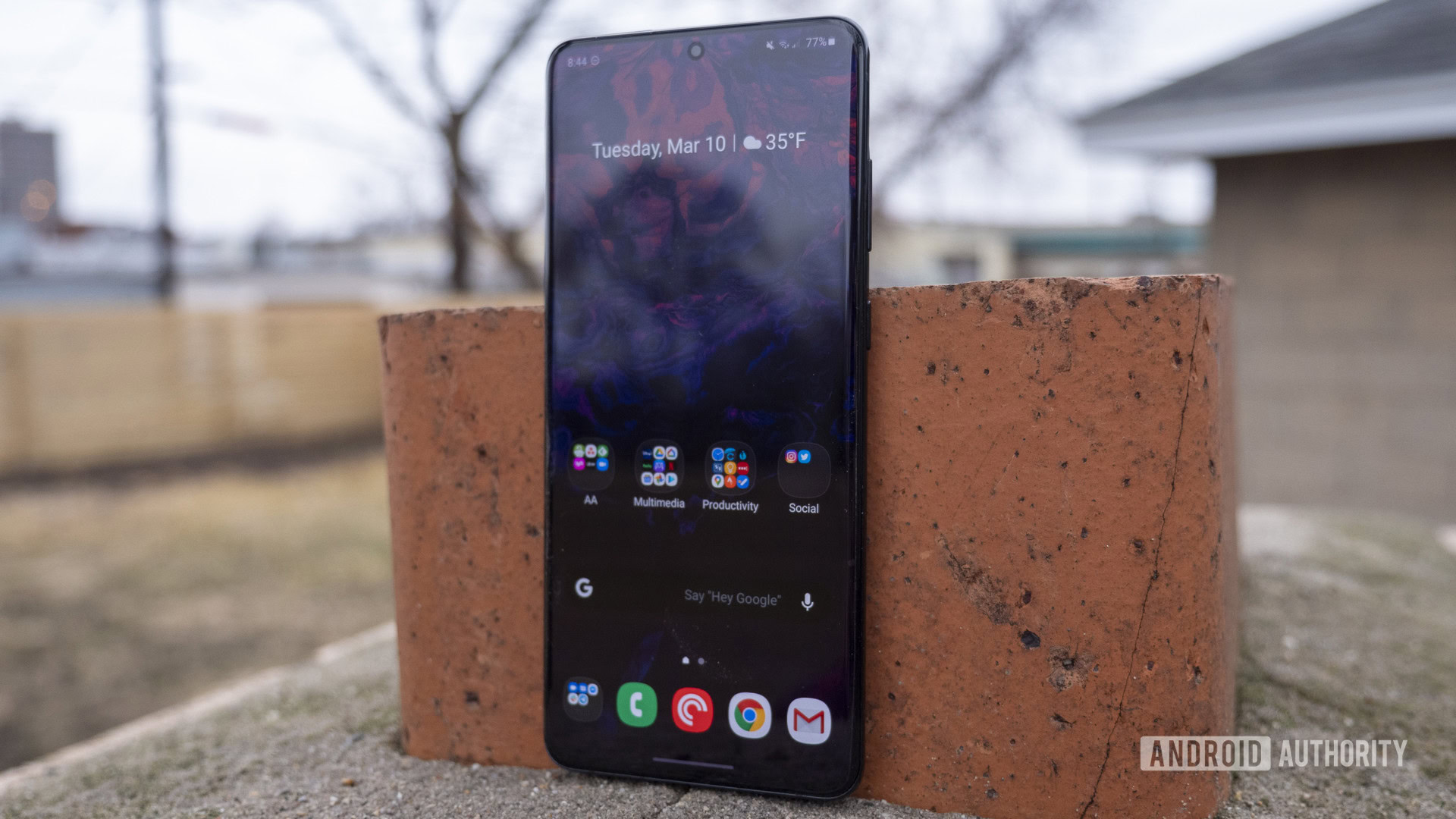Affiliate links on Android Authority may earn us a commission. Learn more.
Here's how 5G availability stacks up in major US cities

- OpenSignal has published a study of 5G availability in five major US cities.
- T-Mobile’s coverage was the most consistently available, but Verizon’s was the fastest.
- Things are improving for multiple networks, however.
It’s easy to find 5G service in the US, but what service can you count on? OpenSignal might help. The wireless analyst group has shared a study outlining 5G availability in five major US urban areas, and it’s clear that real-world coverage is better for some carriers than others.
Of the top three networks, T-Mobile offered the most consistent 5G availability in the Atlanta, Houston, Los Angeles, New York City and Washington, DC areas between mid-July and mid-October 2020. You could expect to see that “5G” logo light up between 23.6% and 33.7% of the time. AT&T’s service was available between 18.9% and 28.6% of the time. Verizon (disclaimer: this author also writes for Verizon-owned Engadget) fared considerably worse, with its millimeter wave 5G only reaching users between 0.3% and 0.9% of the testing period.
See also: The best 5G plans in the US
Downloads were another matter. Verizon’s mmWave service was consistently the fastest, with overall speeds ranging from 49.2Mbps in the Washington area to 72.7Mbps in Houston. AT&T and T-Mobile traded blows, but were generally slower with data transfers hovering between 38.3Mbps and 48.5Mbps.
The results reflect what many have suspected. T-Mobile’s focus on lower-frequency 5G gives it an edge in availability — you can find coverage in more areas, and you’re more likely to hold on to a signal indoors. Verizon only had mmWave 5G coverage during the study period, so you had to be extremely close to a cell site to see the benefits.
With that said, the situation has already changed. Verizon launched its lower-frequency Nationwide 5G network alongside the iPhone 12 on October 13, dramatically improving coverage at the potential expense of overall speed. T-Mobile, meanwhile, is widening access to the faster 2.5GHz frequencies it inherited with the Sprint acquisition. All of the providers are still filling gaps as we write this. The 5G availability you see in OpenSignal’s study is a brief snapshot — there’s a good chance you’ll have better access soon, if not already.